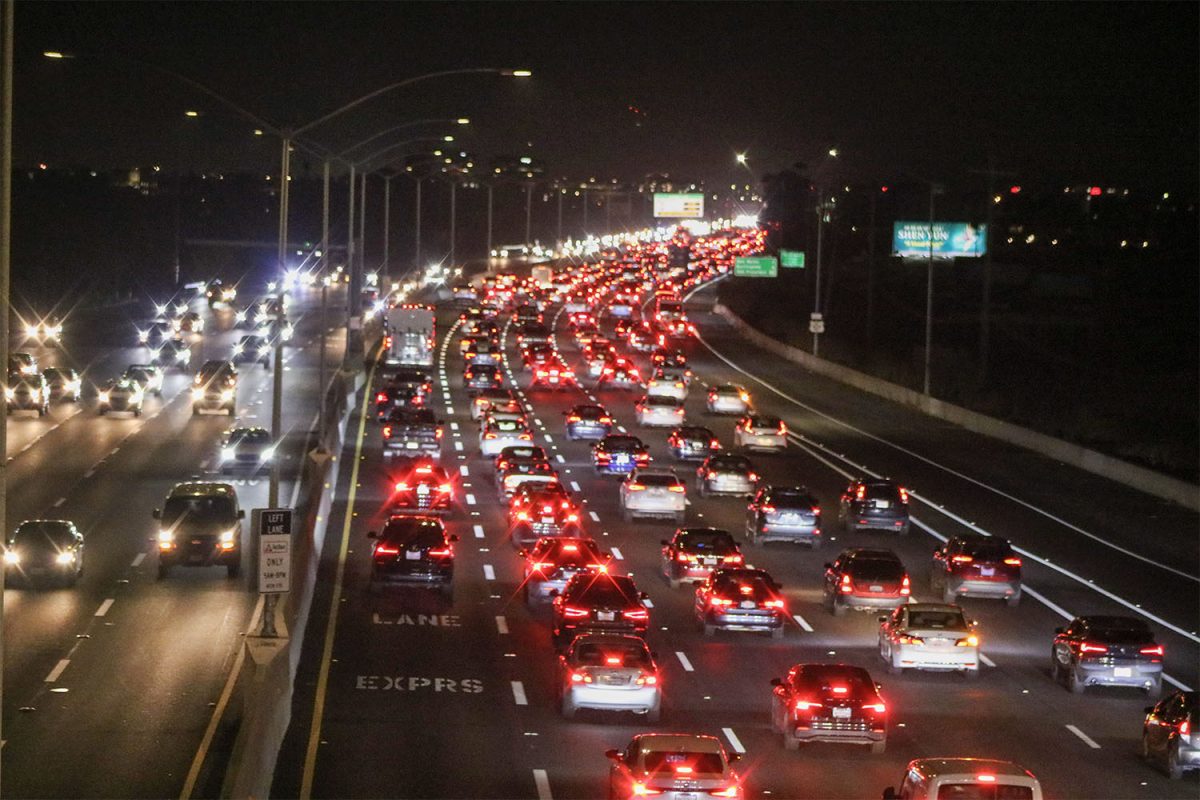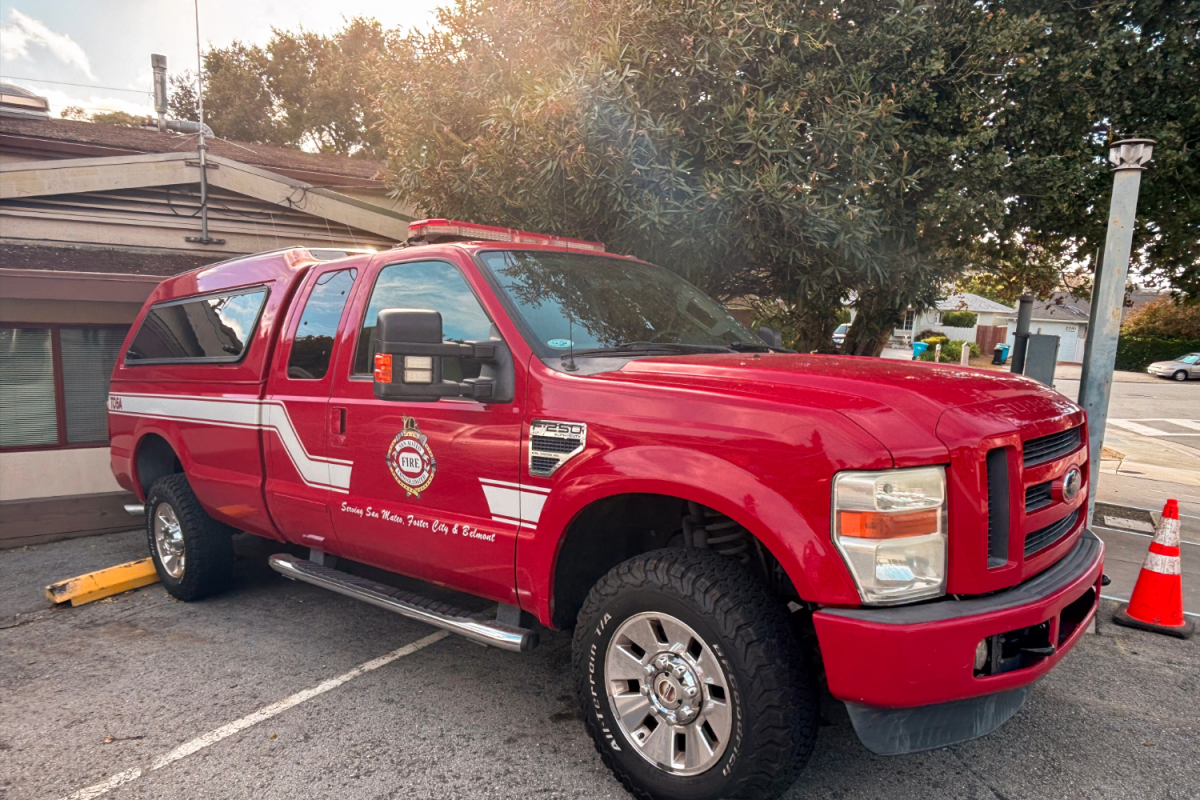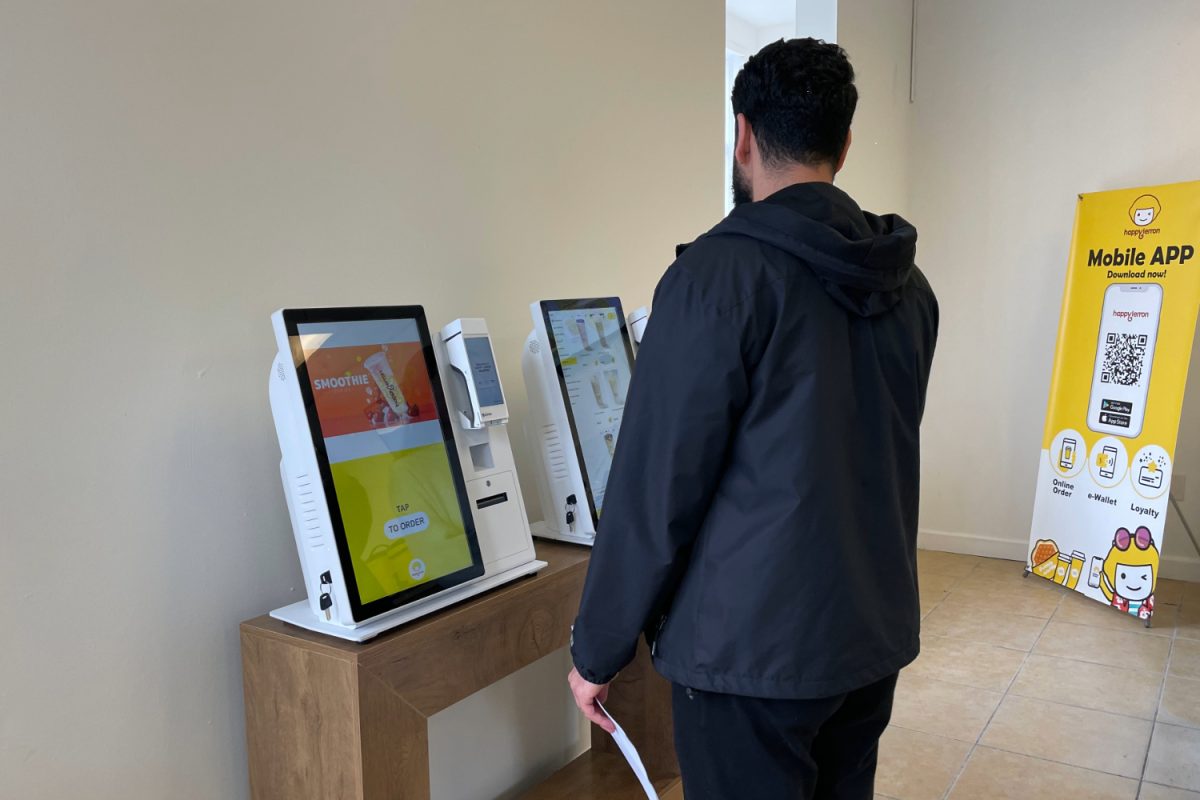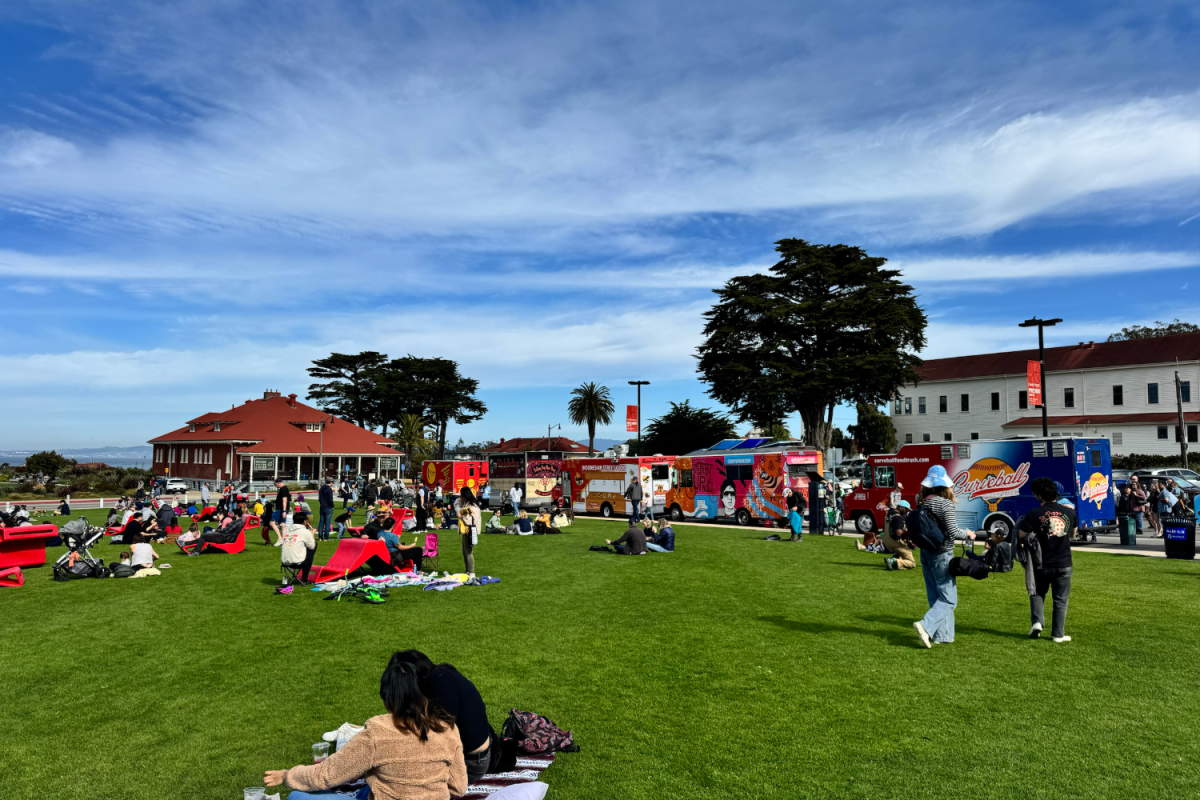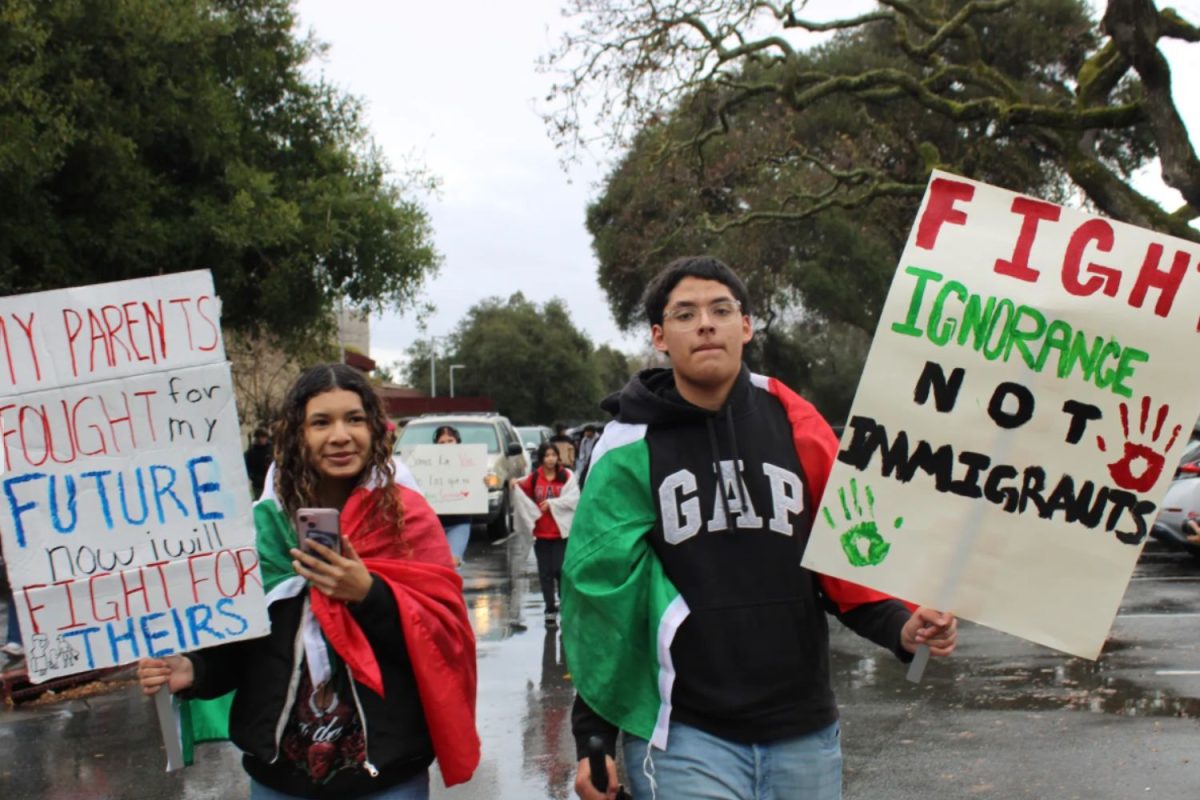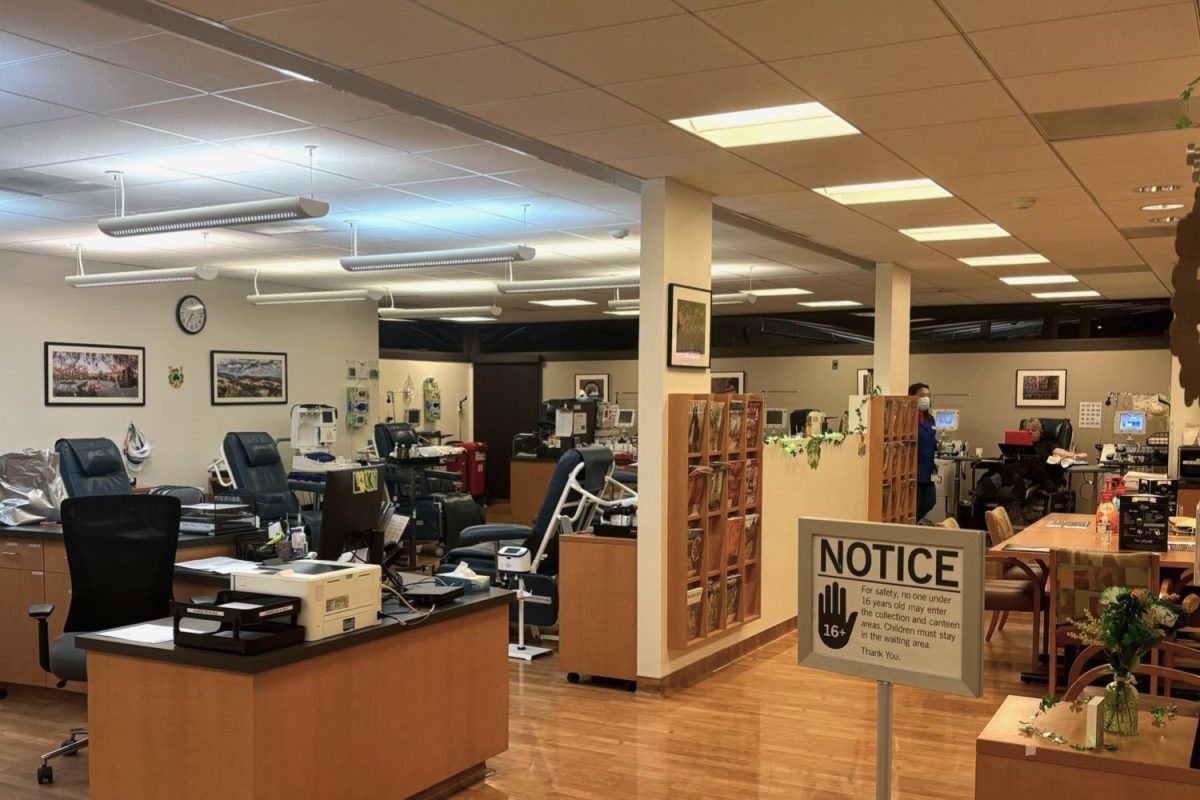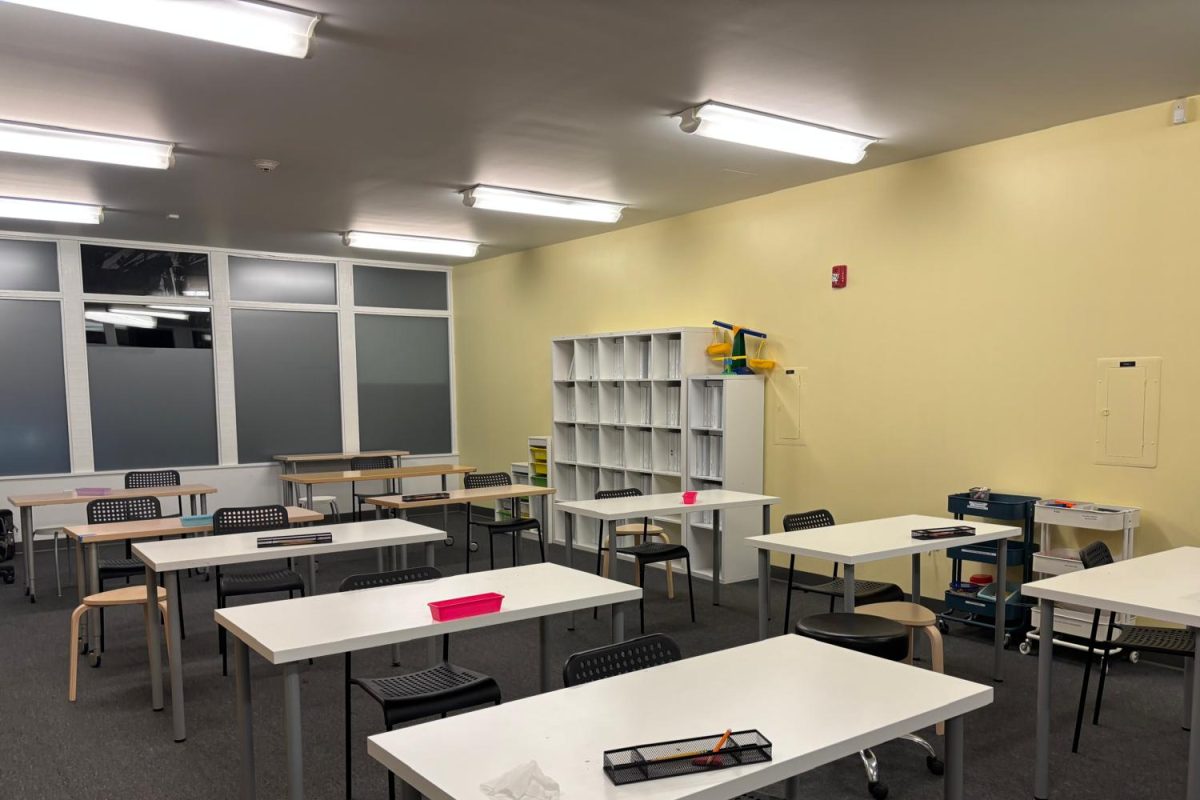The Metropolitan Transportation Commission (MTC) conducted a study for all-lane freeway tolling to begin in 2035, detailing how it would work and the potential positive outcomes. However, many residents are concerned about the impact of these tolls.
According to Alex Eisenhart, the public information officer for MTC, drivers would be charged a fee of $0.10 to $0.30 per mile if they drive on any major freeway running parallel to public transit in the Bay Area. The cost would depend on the congestion level; higher tolls during peak travel hours and lower tolls during off-peak hours, with “no tolls being charged on nights or weekends.”
Establishing fees would deter people from driving on the freeways to using alternative modes of transportation, thereby reducing congestion and greenhouse gas emissions from cars.
“We’re here today because the Bay Area has a growing congestion problem, and it doesn’t stand to get any better unless we shift gears,” Eisenhart said during a webinar hosted on Monday, Nov. 13.
According to Eisenhart, over-capacity freeways pose economic and environmental costs that exacerbate inequities.
“Lower-income drivers are being forced to live further from their jobs, creating longer, more expensive commutes that are often most prone to severe congestion, and mounting congestion is deterring us from achieving the state’s aggressive climate goals,” Eisenhart said.
Senate Bill 375, which California adopted and set a 19% reduction of greenhouse gas emissions compared to 2005 levels target by 2035, mandates each region’s transportation planning agencies to plan towards meeting this target.
For the Bay Area region, MTC forecasted that freeway pricing would bring emissions 20% below 2005 levels, making it the “most effective” strategy to meet the target, according to Eisenhart.
Regarding commuting time, MTC’s study estimated that the busiest freeways would have an “up to 25% reduction” in travel time. For example, a drive from San Jose to Oakland with tolling in 2035 would take 55 minutes; without tolling, the time is 15 minutes longer.
However, residents are concerned about its impact on low-income communities and potential unintended consequences.
“It’s the wrong decision,” said Greer Stone, an AP Government teacher at Carlmont High School. “I see many unintended consequences with that decision that would impact low-income communities and communities of color disproportionately and has the potential of spillover traffic from greenways onto residential streets, which can cause safety concerns and deter people from biking or walking and refusing alternative methods of transportation besides single-occupancy vehicles.”
College student Caelan Dytioco echoes these concerns, citing the additional financial burden all-lane freeway tolling places on residents.
“It would make driving to school or work even more costly, and many people simply wouldn’t be able to afford it, forcing them to rely on inadequate public transportation or walk long distances. As a college student, I have two options: pay the toll and go broke or become a professional long-distance walker,” Dytioco said.
To address these concerns in their study, MTC applied a 50% toll discount for drivers with a household income of less than $55,000 per year, drivers with disabilities, and cars with three or more passengers. Yet, according to MTC’s projection, they could still end up paying up to $135 of tolls per month.
Residents with salaries slightly above the low-income threshold are also stuck in a situation where they can’t afford to pay $5 to $10 of tolls each day yet aren’t eligible for these discounts.
Furthermore, MTC’s plan to increase prices during high congestion hours to encourage people to drive during less busy hours is an insufficient solution. According to Stone, this notion requires the privileged position of being able to choose the hours one works.
“I have to be on the road at 7:30 a.m. to be able to get to my job. My job doesn’t have flexible hours. Many people of lower socioeconomic statuses have jobs that aren’t flexible,” Stone said.
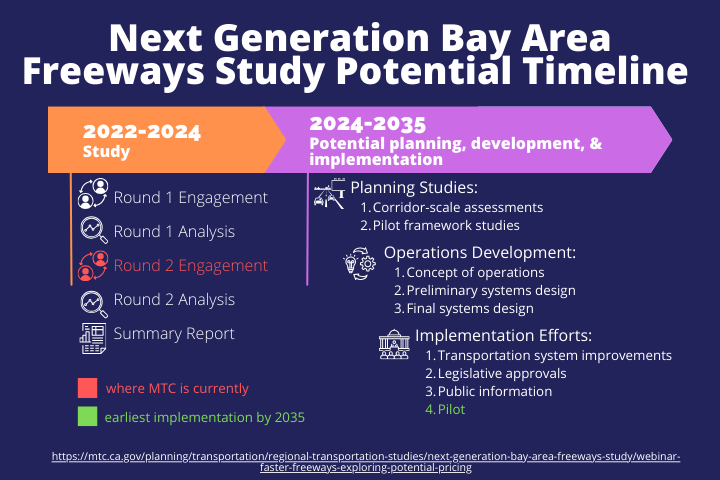
The plan isn’t absolute. MTC is still collecting public engagement to determine how they should revise their recommendations and analysis. Additionally, they don’t have the authority to implement policies, and the California state legislature would need to approve any final plan.
In the meantime, MTC officials and teachers hope for more community feedback to understand the implications of all-lane freeway tolling better.
“MTC needs to come up with a really good game plan, get into the community, and talk to people, diverse stakeholders, and people who represent those different demographics who are going to be impacted differently by this,” Stone said.

